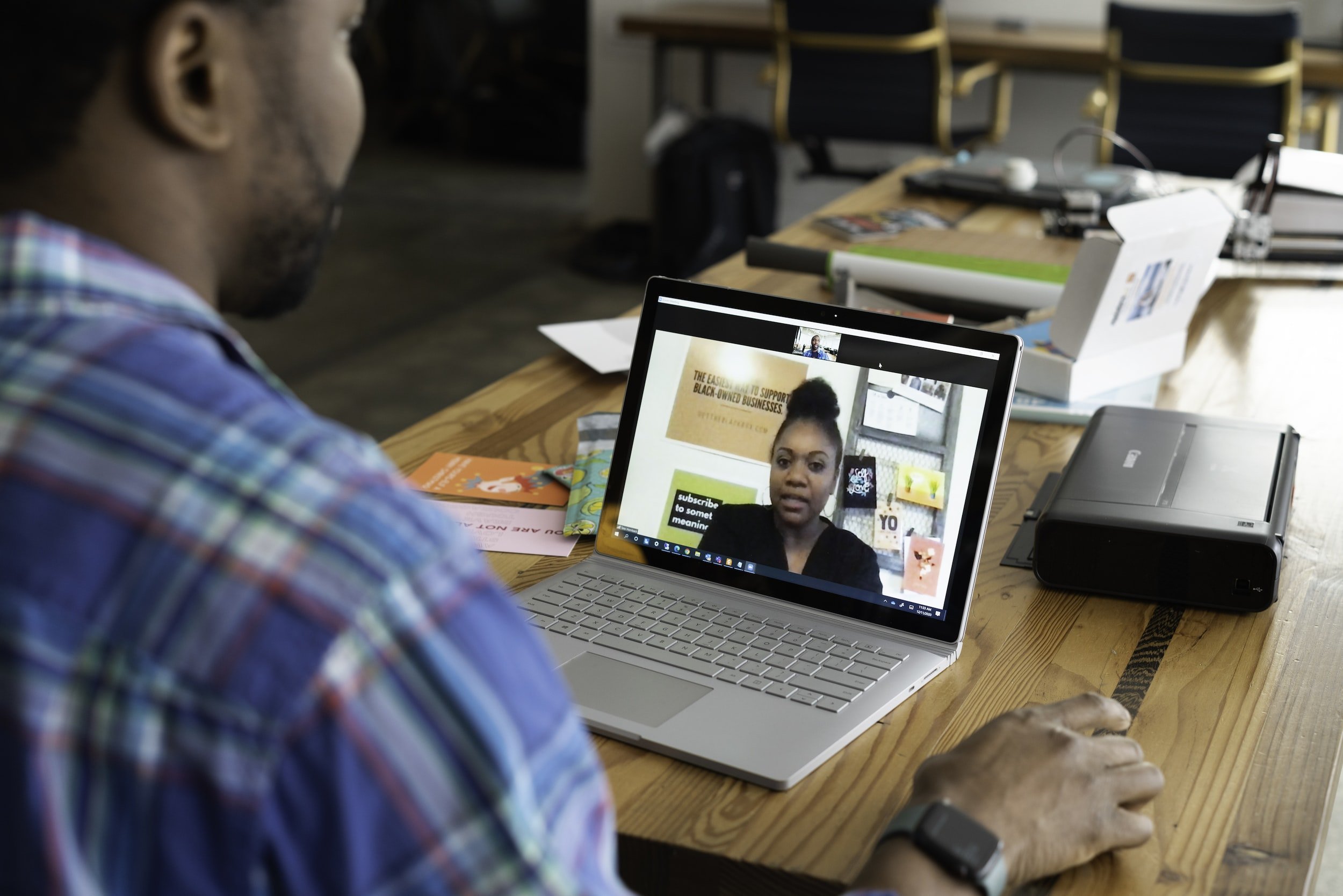Interview Follow-Up Best Practices
By: Heather Lipman, Resume Writing Consultant
This post concludes a three-part series designed to strategically walk you through the interview process for a best-case scenario outcome: an employment offer.
To recap, part 1 outlines interview preparation steps designed to best acquaint you with open role and your interviewers. Part 2 details action-based steps to deliver an outstanding interview performance, and part 3 defines best practices to reap maximum benefit from all the hard work you’ve invested thus far and reinvests in your value as a candidate for present and future opportunities.
While it is crucial to make a great first impression, a great last impression is equally as important.
Avoid an “ungrateful candidate” label
As a recruiter, there were several instances when I wished I could have coached prospective candidates on securing their candidacy via thoughtful and timely, post-interview communication. I’ve had this conversation with several of my resume writer counterparts at Inside Recruiter as well – learn more about our team here.
Failing to thank your interviewers is as tactless as failing to thank the host of a dinner party. Hiring managers actually have a term for this called “ungrateful candidates” and you never want to fall under that designation.
The Thank-You Note
So what exactly should you say? And when should you say it? Below is a general framework with sample statements…
Context
The research you conducted on the open role serves as the context for the thank-you note you’re preparing to send. This is also a great time to reiterate your passion for the company’s mission and why your personal interests align so well with the organization’s vision and culture.
“Thank you so much for your time. The prospect of working with XYZ Yoga Company is particularly attractive to me as my own daily practice transformed my life and I believe this can be true for anyone.”
Employer’s Problems
An inquisitive and proactive interview performance have unearthed the specific “pains” faced by the hiring team. Remember those thoughtful questions you asked during the interview?
a. Why is this role currently open?
b. What are your expectations for this new hire?
c. What will success look like in the next 6 months?
d. Tell me about some of your (or the department’s) biggest challenges.
“The opportunity to recruit, onboard, and train six account managers in under six months’ time is beyond exciting and I feel your six-month goal to fully staff the West Coast division is more than feasible.”
Compatibility
A quick recap of your qualifications and accomplishments drive home why you are the perfect candidate to solve those pains.
“I’m confident my former experience placing 10 industry leaders in the health and wellness industry will not only advance XYZ Yoga’s mission but will also overcome previous challenges with high-employee turnover.”
Timing
My philosophy is to send the note to each and every person you spoke with within 24 hours. It’s best not to rush this, however, as it is one last chance to leave a wonderful last impression. Really take the time to consider all points discussed during the interview and ask yourself what topics or points of concern are most interesting to your audience, the hiring team.
Remain Diligent
Now recall in part 2, it was suggested you ask specifically about “next steps” at the close of the interview not only to have some understanding of what comes next, but also to guide your follow-up outreach. If you haven’t heard anything within the projected timeline, send another note and/or reach out via telephone. More than likely the team is still deliberating – do not worry if you are “bugging” anyone, eagerness and continued interest are favorable characteristics. Keep in mind the “candidate competition” search discussed in part 1. Ultimately, your goal is to outshine the competition.



